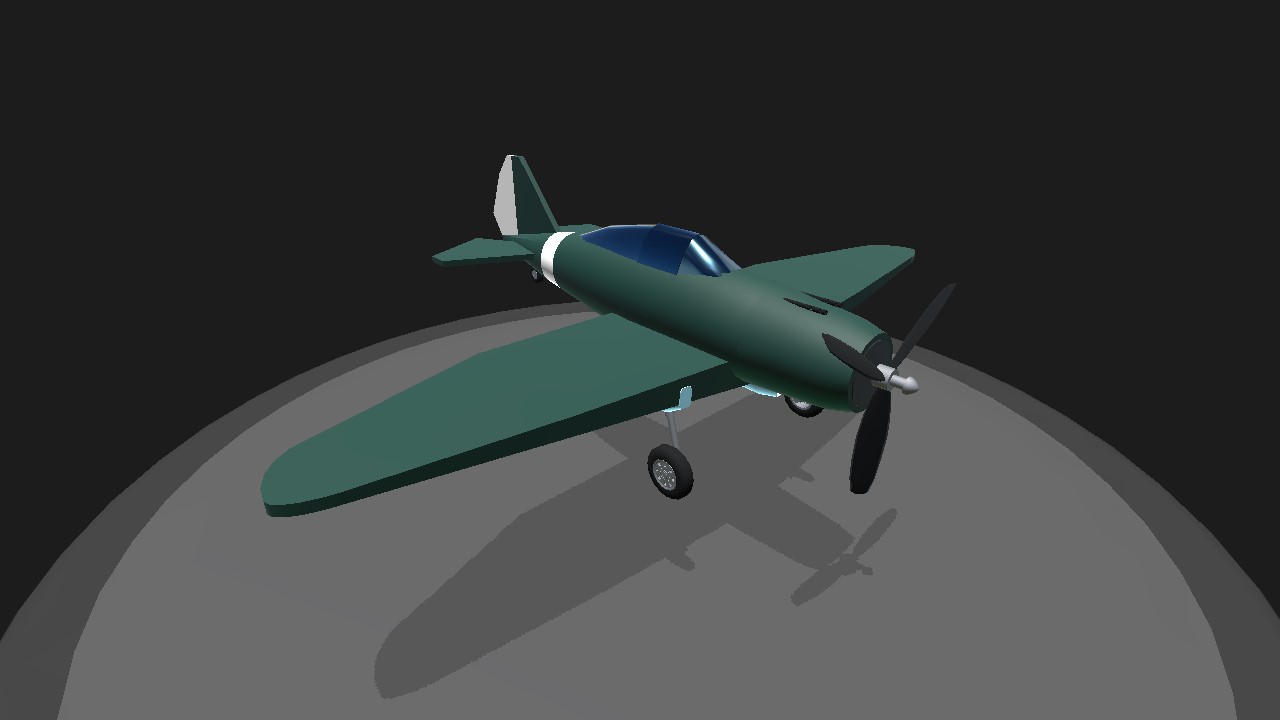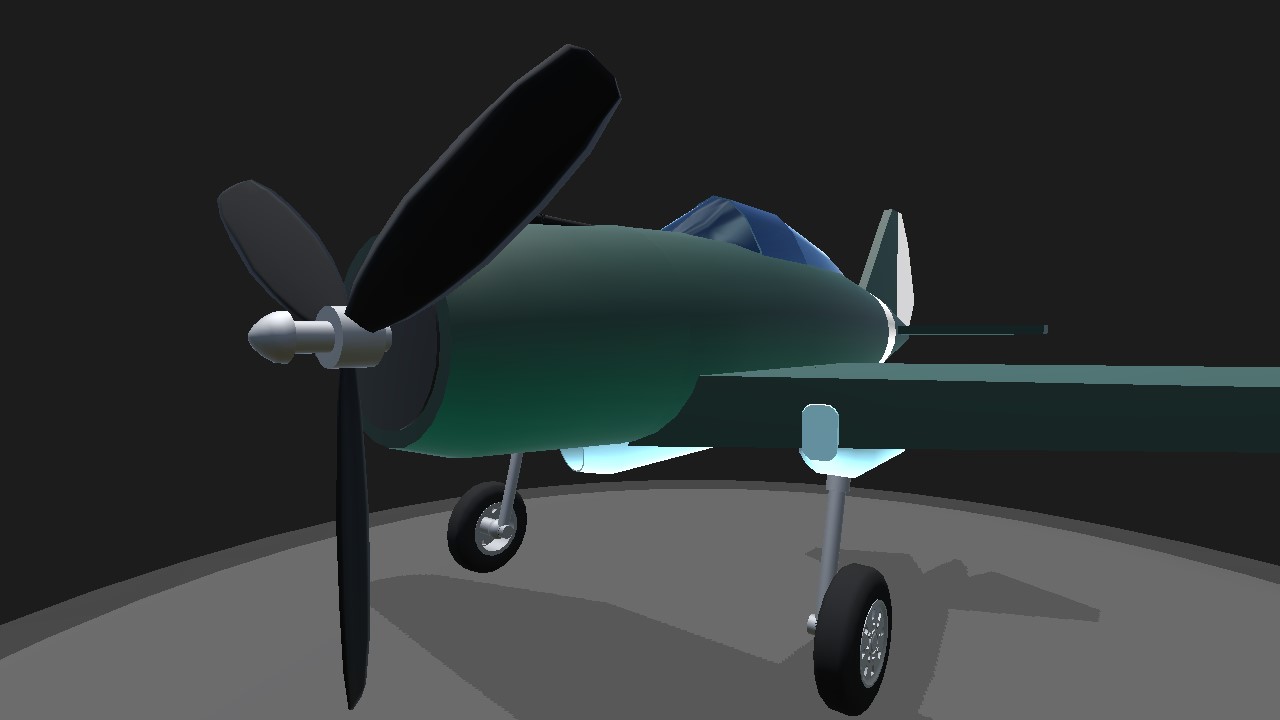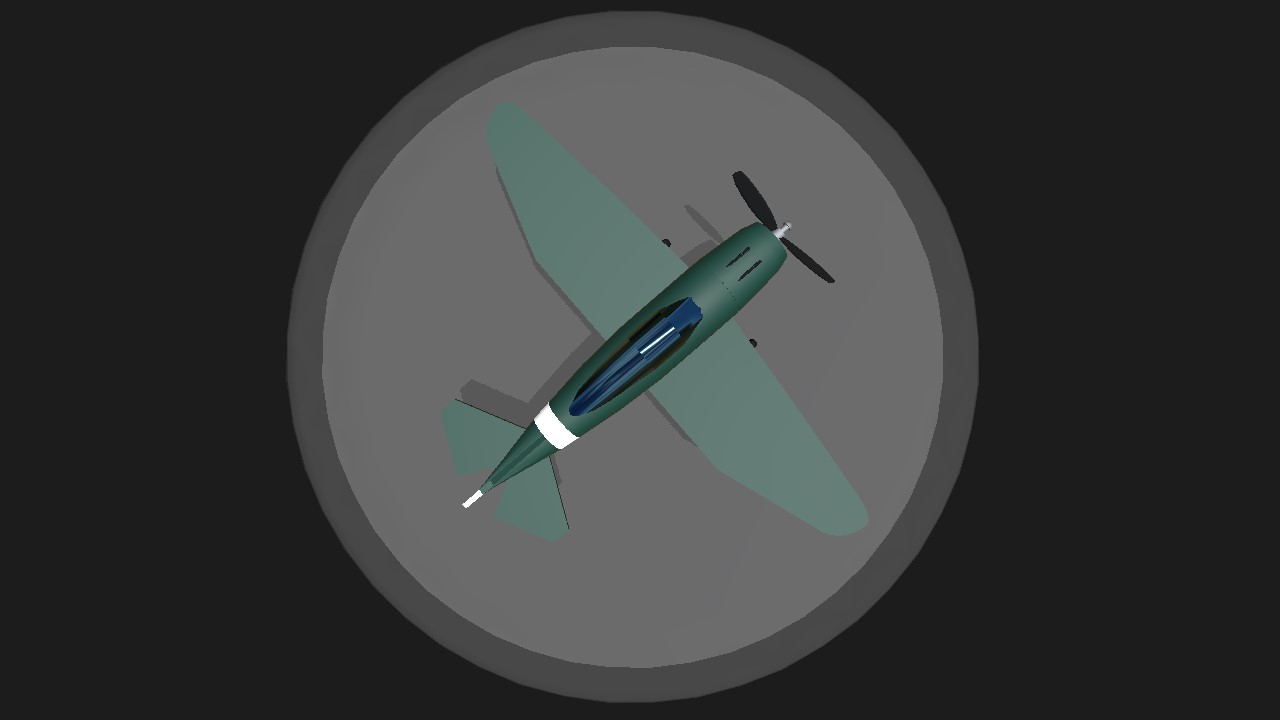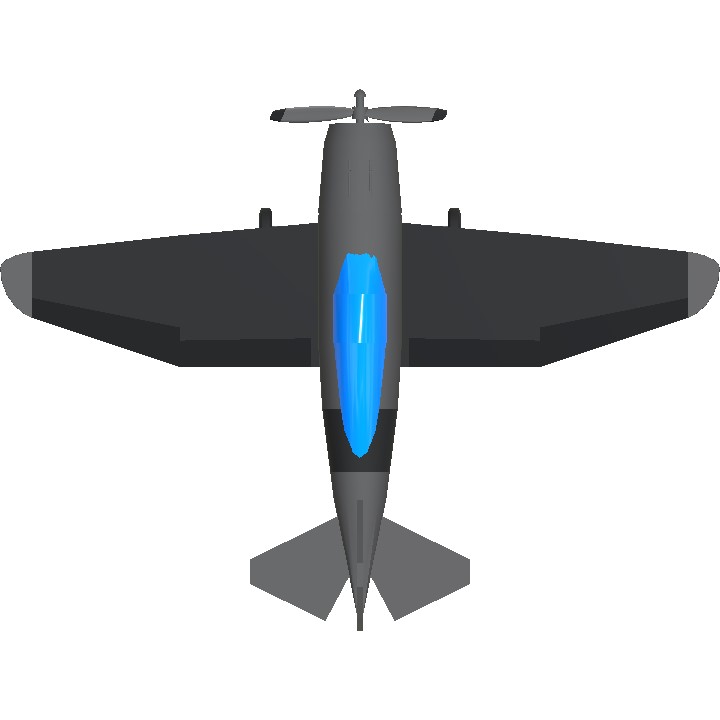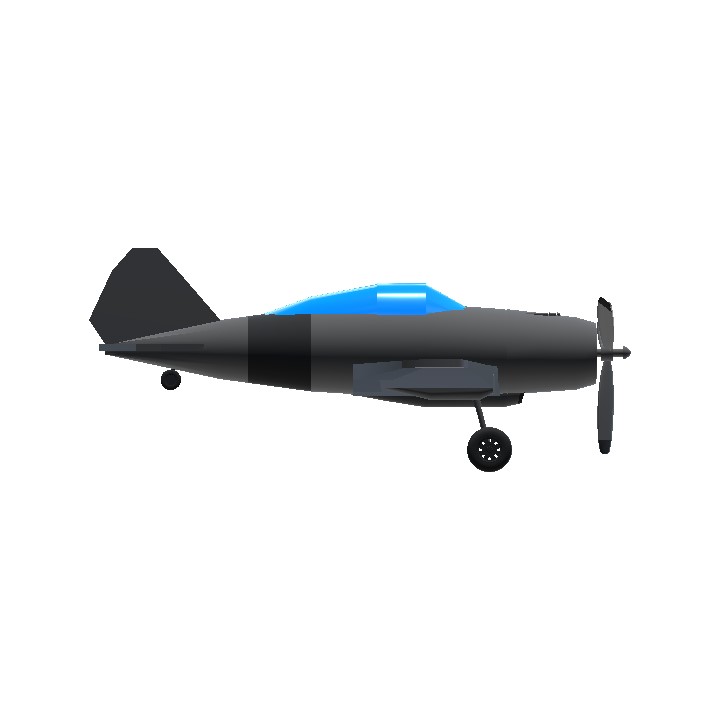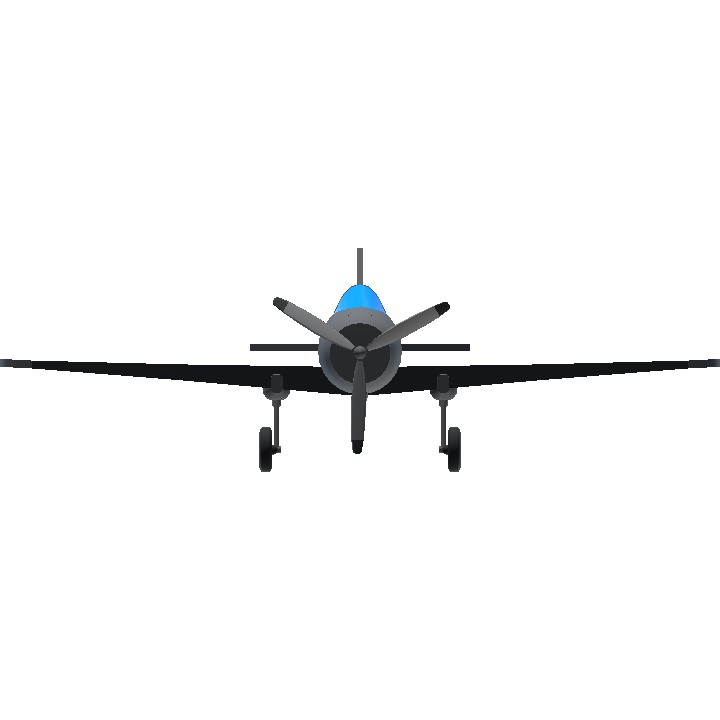Reggiane Re.2000 Falco I
Reggiane Re.2000 Falco I: A Forgotten Contender of the Skies
The Reggiane Re.2000 Falco I (Falcon I) was an Italian monoplane, all-metal, low-wing fighter aircraft developed and manufactured by Reggiane, a subsidiary of the Caproni aviation conglomerate, during World War II. While not a star player on the Italian front, the Re.2000 holds a unique position in aviation history, combining innovative design with unfortunate operational limitations and strategic missteps. It was a plane both praised for its performance and criticized for its reliability, finding significant export success beyond the Italian Regia Aeronautica.
The Re.2000 was designed by aeronautical engineer Roberto Longhi, aiming for a high-performance fighter that would rival foreign designs. It was a visually striking aircraft, characterized by its sleek lines, elliptical wings, and a prominent nose housing its radial engine.
Despite its promising design and respectable performance, the Re.2000 faced several challenges that hindered its widespread adoption by the Regia Aeronautica:
Production Delays: Caproni's diverse production interests and internal organizational issues led to significant production delays, preventing the Re.2000 from being available in sufficient numbers when it was most needed.
Engine Reliability Issues: The Piaggio-built engines suffered from reliability problems, including overheating, oil leaks, and component failures. This issue was a persistent source of frustration for pilots and maintenance crews.
Lack of Self-Sealing Fuel Tanks and Armor: The Re.2000 lacked self-sealing fuel tanks and comprehensive pilot armor during its early production. This increased its vulnerability to enemy fire and contributed to higher pilot casualty rates.
Limited Armament: The standard armament of two 12.7 mm Breda-SAFAT machine guns was considered inadequate compared to the heavier armament configurations of Allied fighters.
Despite these shortcomings, the Re.2000 saw combat service in various theatres of operation, including:Mediterranean Theatre: Re.2000s participated in operations over Malta, North Africa, and the Balkans. They were often tasked with intercepting Allied bombers and providing escort for Italian and German transport aircraft.
Eastern Front: A small number of Re.2000s were deployed to the Eastern Front to support the Italian Expeditionary Corps in Russia.
Export Sales: The aircraft achieved notable success in export markets, being purchased by Sweden, Hungary, and the UK (for evaluation). The largest foreign operator was Hungary, who employed these aircraft extensively on the Eastern Front and in the defense of their homeland.
The Re.2000 Falco I was a technically advanced aircraft for its time, showcasing Italian engineering ingenuity. Its export success highlights its inherent qualities that appealed to foreign air forces. However, it was ultimately hampered by production bottlenecks, engine reliability concerns, and strategic limitations within the Italian context. While not a war-winning weapon, it remains a significant example of Italian aviation design and a testament to the challenges faced by the Italian aviation industry during World War II. It served as a stepping stone to the more capable Re.2001 and Re.2005, albeit these latter fighters were produced in insufficient quantities to alter the course of the war.
Possible Aircraft Nicknames:
"Oilbird" / "Oil Leaker": Due to the Piaggio engine's tendency to leak oil. "Yeah, it's fast, but you're guaranteed to leave a trail of oil wherever you go. More time in maintenance than in the air!"
"The Italian Hurricane/Spitfire": Referring to the visual similarity of the wings and its design inspiration/intention.
"Flash in the Pan": Reflecting its initial promise followed by disillusionment due to reliability issues and limited availability.
"The Export Falcon": Emphasizing its greater success in foreign service compared to the Regia Aeronautica. "It was better appreciated by the Hungarians and Swedes than by our own air force!"
*"The Firestarter": A derogatory nickname stemming from the lack of pilot armor and self-sealing tanks, making it vulnerable to fires.
"Blind Falcon": Referencing the initial lack of radio equipment, limiting coordination and situational awareness. "Flying blind out there with no radio. Good luck finding the enemy!"
"The Widowmaker" (Hungary-specific): A grimly realistic nickname, given the Re.2000's high loss rate in Hungarian service on the Eastern Front and the defense of Hungary, combined with the frequent lack of armor and self-sealing tanks.
- About the variant
The MÁVAG Héja ("Hawk" in Hungarian) was a World War II fighter aircraft used by the Royal Hungarian Air Force (Magyar Királyi Honvéd Légiero or MKHL). It was essentially a license-built version of the Italian Reggiane Re.2000 Falco I. Due to Italy's reluctance to sell complete aircraft and Hungary's need for modern fighters, a licensing agreement was established with Reggiane. MÁVAG (Magyar Állami Vas-, Acél- és Gépgyárak – Hungarian State Iron, Steel and Machine Works) produced the aircraft in Hungary, with some modifications and improvements over the original Italian design.
Possible Nicknames:
"Sólyom" (Falcon): Though "Héja" itself means "Hawk," "Sólyom" is another Hungarian word for falcon, a similar bird of prey. Airmen might have used it interchangeably or as a more poetic descriptor.
"Púpos" (Hunchback): This name could be used because of the plane's shape with the radial engine.
"Búgócsiga" (Humming Snail): This nickname could refer to the sound that the plane emitted.
C O N T R O L S
Trim : Flaps, cruising 'rotate' adjuster
VTOL : Further flaps
TRIVIA AND NOTES
- As the Héja IIs are essentially a direct (?) Hungarian development connection of original Italian Re.2000, I applied one of most common scheme of Regia Aeronautica's one, although in history RAI themselves actually never bring any Héjas back to Italy and operate this variant of the aircraft lol;)
Specifications
General Characteristics
- Created On Android
- Wingspan 35.9ft (11.0m)
- Length 27.1ft (8.2m)
- Height 11.2ft (3.4m)
- Empty Weight 4,851lbs (2,200kg)
- Loaded Weight 7,327lbs (3,323kg)
Performance
- Horse Power/Weight Ratio 0.148
- Wing Loading 20.1lbs/ft2 (97.9kg/m2)
- Wing Area 365.3ft2 (33.9m2)
- Drag Points 1492
Parts
- Number of Parts 69
- Control Surfaces 7
- Performance Cost 518

